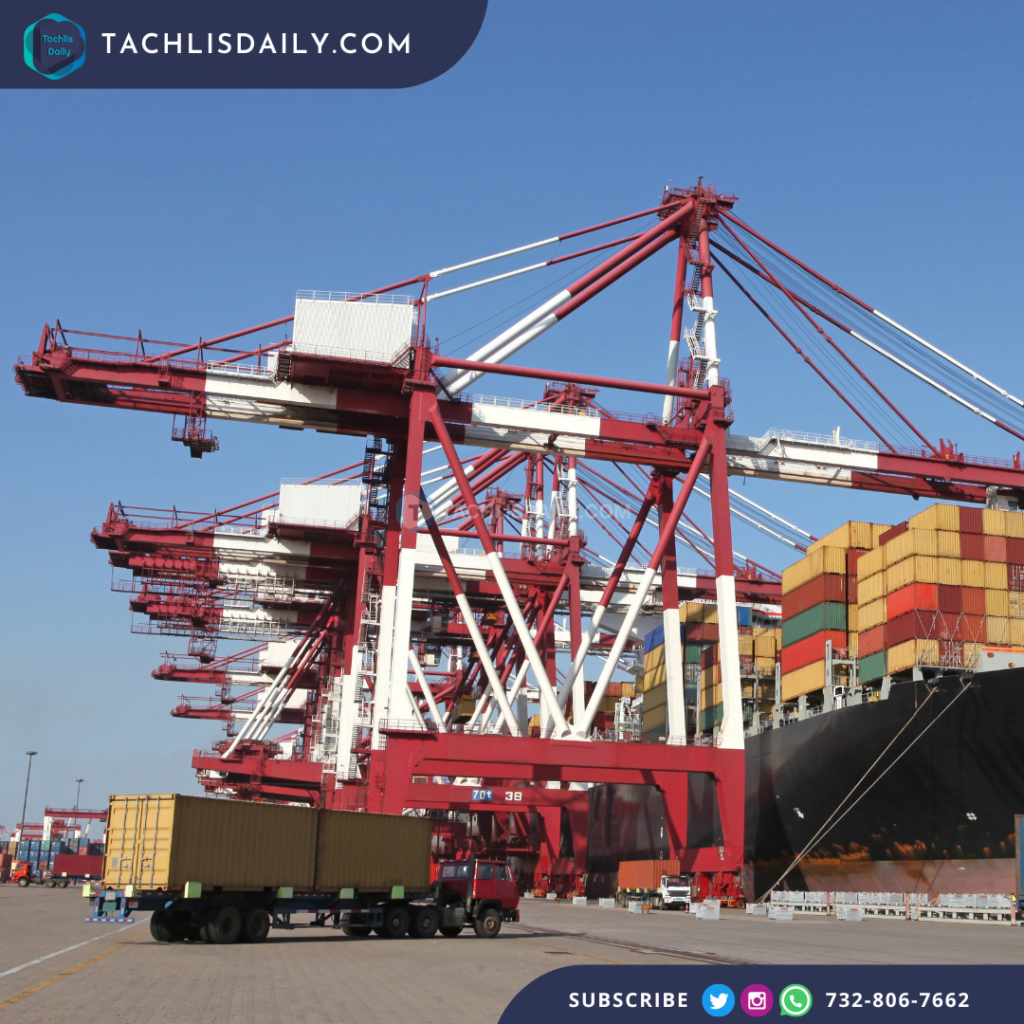The Port of Los Angeles has recorded its busiest June in history, processing 892,340 twenty-foot equivalent units (TEUs) as importers rushed to move goods before new tariff deadlines take effect. The surge in container traffic is being driven by mounting trade tensions and shifting policy timelines, prompting U.S. businesses to accelerate shipments from Asia, particularly China.
This record-breaking activity is largely attributed to an approaching mid-August deadline that could raise tariffs on Chinese goods to as high as 145%. Although a temporary reduction to 45% gave shippers brief relief, the uncertainty surrounding ongoing negotiations has triggered what industry leaders are calling a “tariff whipsaw effect.” Many importers have front-loaded shipments to avoid costly hikes later in the year.
Officials at the port emphasized that the increase, while significant, does not represent a sustained surge but rather a temporary spike caused by shifting trade timelines. “Shifting timelines simply mean shifting volume and more uncertainty,” said one executive, who predicted that import volumes may decline sharply once the tariffs are reinstated. Forecasts suggest a possible double-digit percentage drop in cargo between August and November.
This flurry of activity was fueled by importers scrambling to stock up on consumer goods, including holiday merchandise and back-to-school essentials, before the window of opportunity closed. However, with ocean freight averaging 20–30 days in transit, especially to the East Coast, companies that missed the June deadline are now left with more expensive air freight as their only option.
Importers across sectors are already feeling the impact. One kitchenware company president reported that tariffs had increased the cost of a shipping container from around $2,000 to as much as $50,000. Meanwhile, freight forwarders noted that many retailers, still sitting on high inventory levels, are choosing to import only essential items, skipping peak season orders altogether.
The situation is compounded by new tariff plans targeting additional Asian countries, including Vietnam, where a preliminary trade deal could impose tariffs up to 30%. Manufacturers attempting to diversify away from China are discovering that most raw materials, equipment, and molds still originate from there, making it difficult to avoid the reach of tariffs. In one case, a fashion company that relocated some production to Vietnam still relies on Chinese inputs, leaving it vulnerable to potential penalties on transshipped goods.











